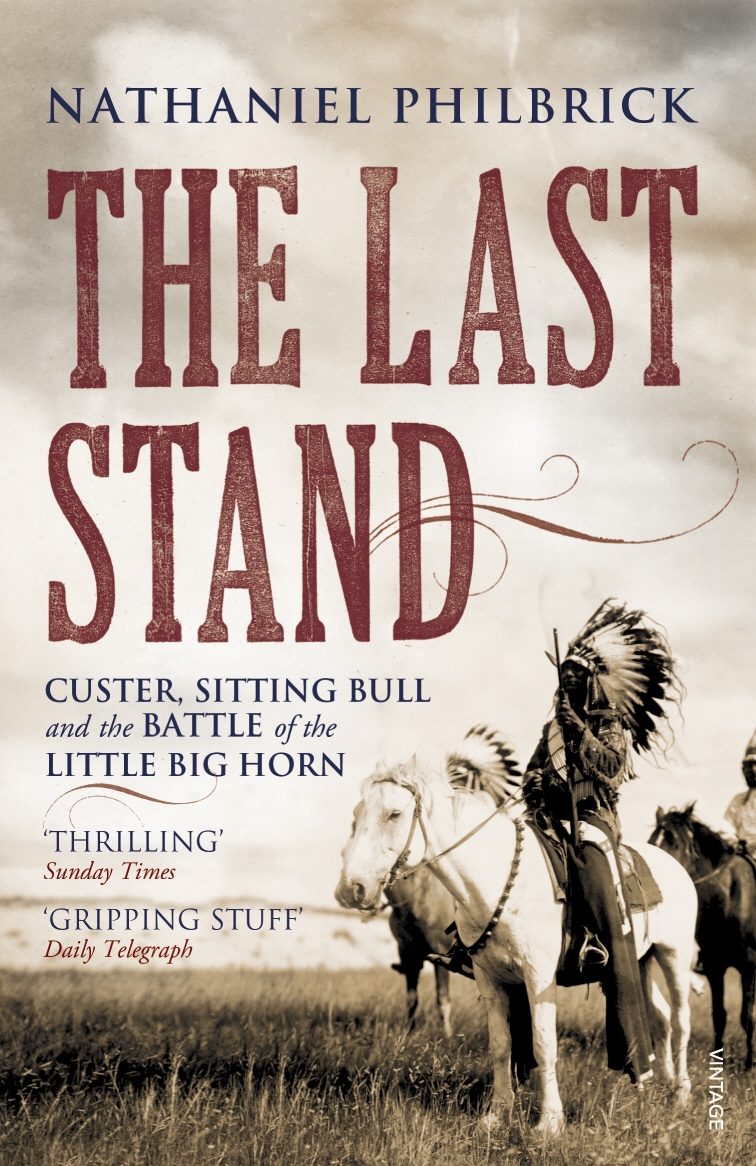
After conquering Americans with a scorched-earth strategy in 1865, Northern generals turned their sights on the Plains Indians who stood in the way of railroads, expanding industrialism and gold. Sherman, pressed by his mentor Grant, presided over the relocation and extermination of thousands of Indians, as well as the virtual annihilation of the wild Buffalo those Indians depended upon for food.
As Lincoln instigated his war to protect the tariff income of the US Government, Grant would do the same to retrieve prosperity at the expense of the Indians.
www.Circa1865.org The Great American Political Divide
Black Hills Not For Sale
“Mysterious and remote . . . the Black Hills were sacred to the Sioux and – until Custer’s expedition – almost unknown to the whites, save for rumors of gold.
In 1873, a financial panic gripped the country. With the national debt over $2 billion, the Grant administration was in desperate need of way to replenish a cash-starved economy. As had been proven in California back in 1849 and more recently in the Rockies, there was no quicker way to invigorate the country’s financial system than to discover gold.
Despite the fact that it required them to trespass on what was legally Sioux land, General Philip Sheridan, commander of the Military Division of the Missouri, which extended all the way west to the Rockies, ordered Custer and the Seventh Cavalry to escort an exploring expedition from Fort Lincoln, just down the Missouri River from Bismarck, in modern North Dakota, to the Black Hills.
The supposed aim of the Black Hills Expedition of 1874 was to find a suitable site for a fort. However, the makeup of the column suggested that another, far more exciting goal was being considered. Included in Custer’s thousand-man expedition were President Grant’s eldest son, Lieutenant-Colonel Frederick Dent Grant; three newspaper reporters; a photographer; and two experienced gold miners.
Much to Custer’s surprise, the Indians proved few and far between once the regiment entered the Black Hills. On August 2, after several weeks . . . the expedition discovered gold “right from the grass roots.” Over the next hundred years, more gold would be extracted from a single mine in the Black Hills (an estimated $1 billion) than from any other mine in the continental United States.
In the beginning, the government made only nominal efforts to prevent miners from intruding on the Black Hills. But by the summer of 1875 there were so many US citizens in the region that the Grant administration decided it must purchase the hills from the Sioux. When the Sioux refused to sell, the administration had no choice but to instigate a war.”
(The Last Stand: Custer, Sitting Bull and the Battle of the Little Big Horn, Nathaniel Philbrick, Viking Press, 2010, excerpts pp. 3-4)

No comments:
Post a Comment